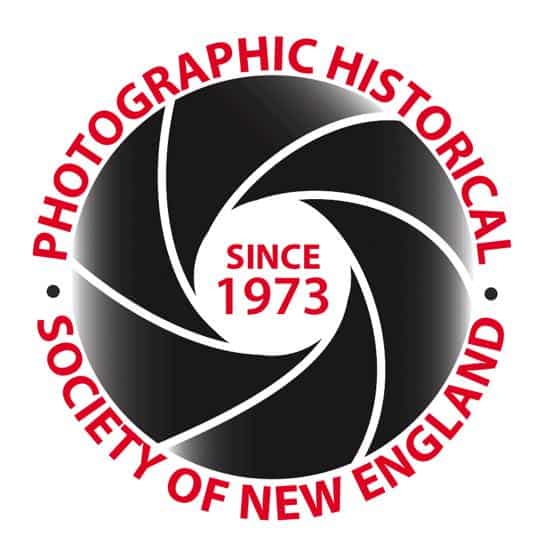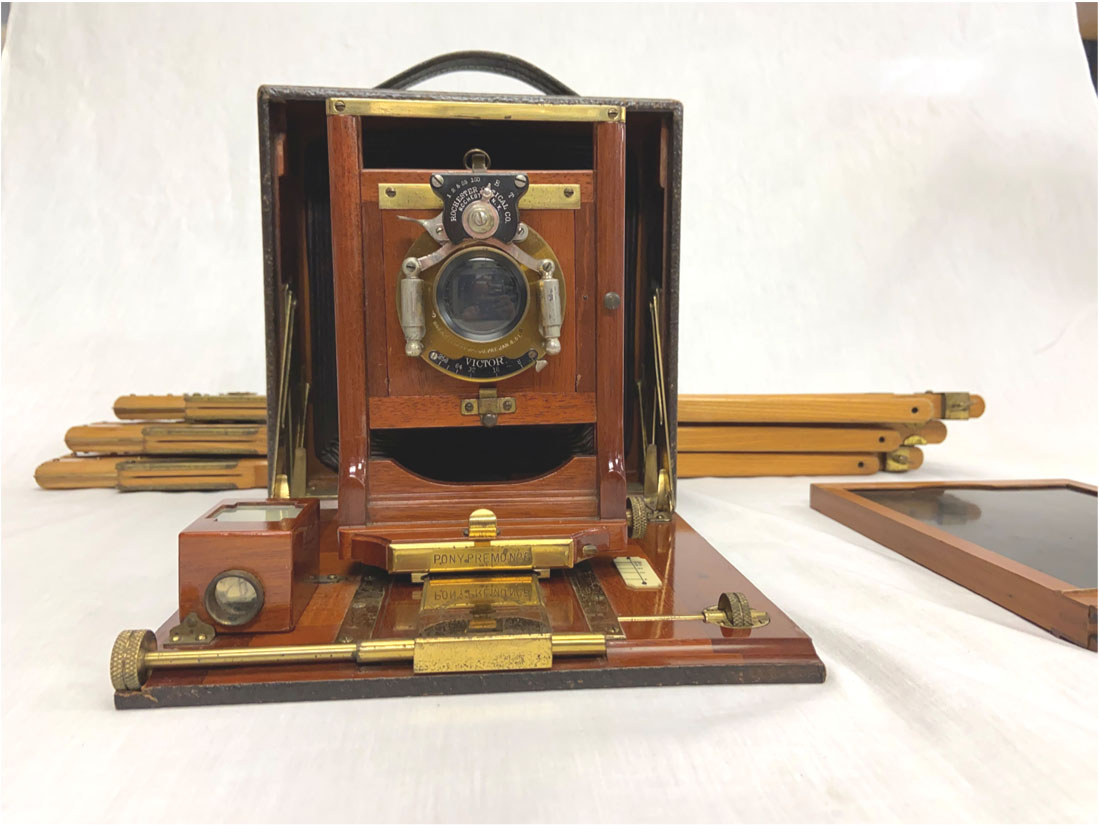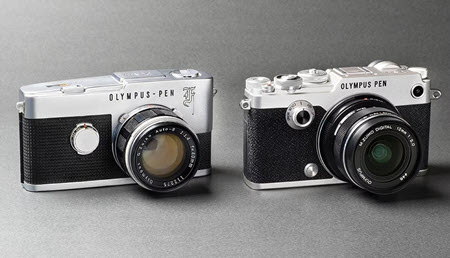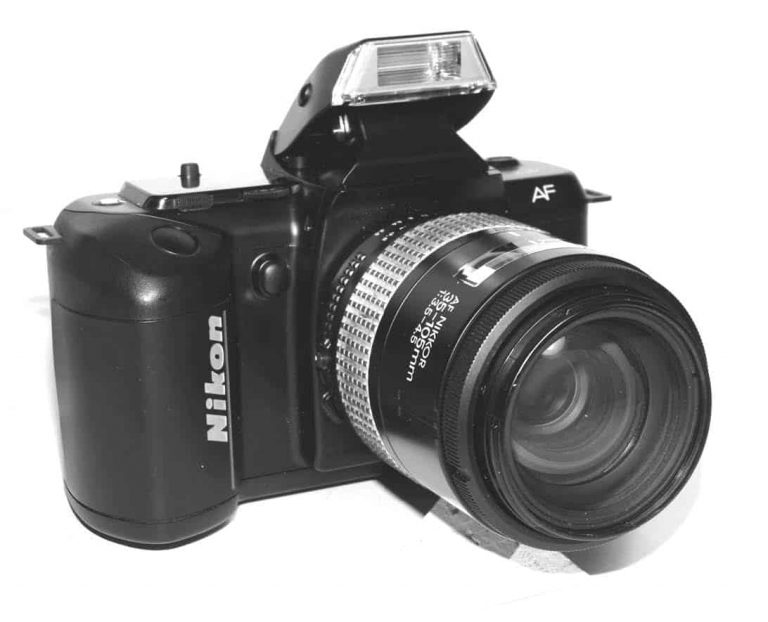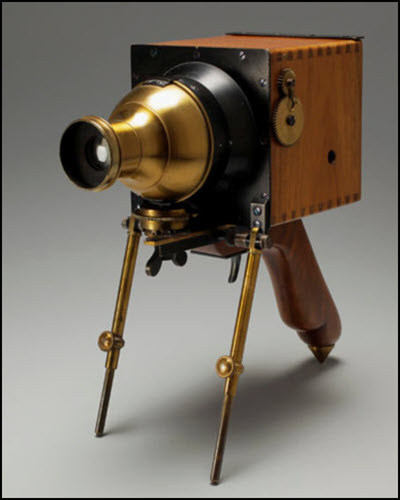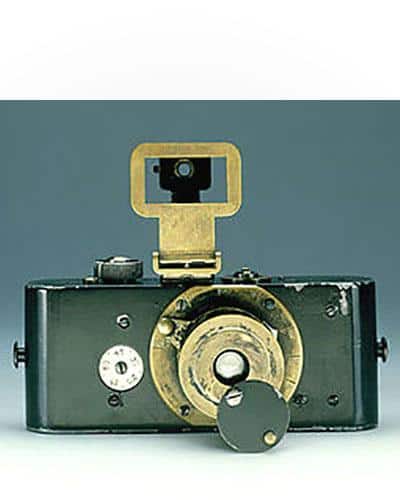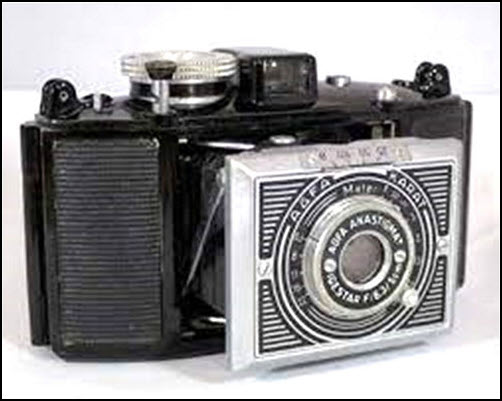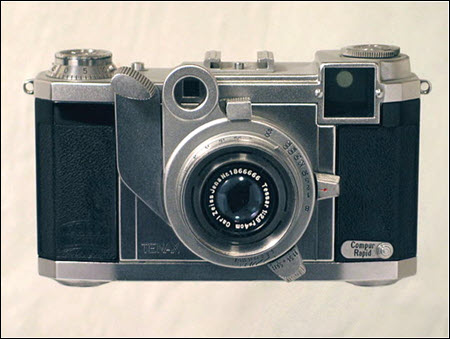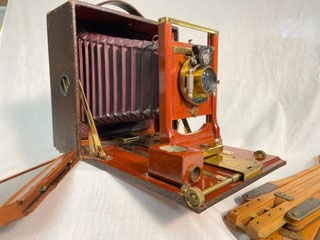
(UPDATED) One important function of PHSNE is to help find good homes for items people donate, many of which are valuable and/or have interesting histories. The Pony Premo 6 is one such camera. It will be on the auction block at the April 20, 2024 Photographica at Newton North High School. It is typical of the kind of camera members would want to display on their shelves.
Manufactured by Rochester Optical Co., the beautiful camera pictured below was purchased by the donor’s grandfather who was born in the 1880’s.
Research turned up little information about Premo cameras. It is noted in McKeowns’s (1996 Edition) as having been manufactured from “1899—1912. Various lens/shutter combinations.” The brief citation notes that it accommodated 4×5”, 6 1/2 x 8 1/2”, and (a rarity) 8 x 10” plates.
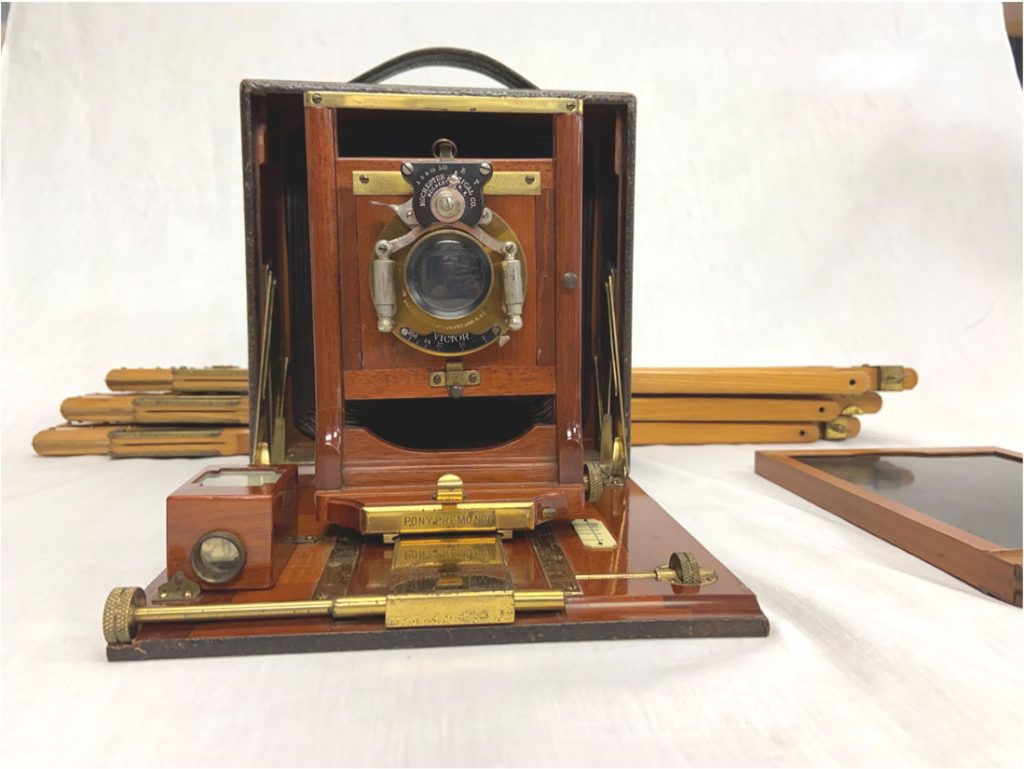
One source that offered useful information was the Whyte Museum of the Canadian Rockies in Banff (https://whytemuseum.blogspot.com/2019/01/artifact-feature-pony-premno-no6-camera.html). It referred to the camera as Pony Premno 6, but all other sources identify it as Pony Premo 6. The camera is described as a “small, bellows camera,” that was targeted at consumers who “wanted a lighter, less bulky camera that was easily transported.”
The Premo line was launched by Rochester Optical Co. in 1893. The company struggled, and it was sold to Kodak in 1903 whereupon it became the Rochester Optical Department, which explains the many references to the Kodak Pony Premo. Kodak continued to produce the Pony Premo after absorbing Rochester Optical.
Many of these types of cameras are valued because of the unique materials they were made of. The materials that were used frequently included pig, lizard, or crocodile skins, exotic woods such as mahogany and teak, and various metals such as gold and silver.”
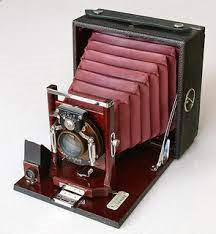
Pony Primo 3, Camera-wiki.org
While researching the Pony Premo 6, information surfaced about the Pony Premo No. 3, “one of Rochester Optical Co.’s famous wooden drop bed folding view cameras. It was made for the popular 4×5″ film plate format. It has an exciting feature, a diaphragm that can be stopped down to f/128. Such a small aperture might cause diffraction problems when actually used. Therefore the camera’s aperture scale reaches a bigger aperture than f/8 on its other end” (http://camera-wiki.org/wiki/Pony_Premo_No._3).
Five shutter speeds ranged from 1 sec. to 1/100 sec. plus T and B mode. It had a Rapid Rectilinear Kodak lens and a Victor shutter, and the viewfinder was a reflecting variety.
UPDATED: PHSNE’s November 2023 ZOOM presentation by noted ‘Wood and Brass Camera Collector’ Rob Niederman offered some additional details about the Pony Premo camera write-up appearing in the January 2024 snap shots Camera of the Month article. He writes:
“Based on the pictures, the auction camera matches images in Rochester’s catalogues for the Pony Premo No.6. In summary:
- Pony Premo No.6 cameras appeared in Rochester Optical Company (ROC) catalogues from 1899 to 1912. The camera was offered with a variety of different lens / shutter combinations over the years.
- The camera’s correct name, per the catalogues, is: Pony Premo No.6.
- The PHSNE camera has a “Victor Shutter” with a characteristic flat-top design. Collectors often refer to the shutter as a Victor “Flat-Top”. ROC’s catalogues list it as the “Victor Shutter.” The shutter was listed for two years: 1899 and 1900.
- Your Pony Premo No.6 was offered with the Victor Flat-Top shutter for the years of 1899 and 1900.
- Lens is described in the catalogues as a “Victor Rapid Rectilinear.”
- Price for the 4×5 inch format camera:
1899: $30.
1900: $35.
Interestingly, a cartridge holder for roll film could be purchased for $5.00. This means the camera had accessories that could make pictures on cut film and roll film in addition to glass plates.
As a side note, information about the Whyte Museum’s camera (referenced in the article) isn’t quite accurate:
- “Premno” is definitely a typo. The camera’s i.d. plate has “Pony Premo No.6.”
- The museum’s camera dates from c.1906 to 1912 based on the design details which were compared to catalogue descriptions.”
PHSNE is most grateful to Rob Niederman for sharing his expertise with our members and supporters.
Thank You, Rob!
~Photos by a PHSNE volunteer
What the heck…
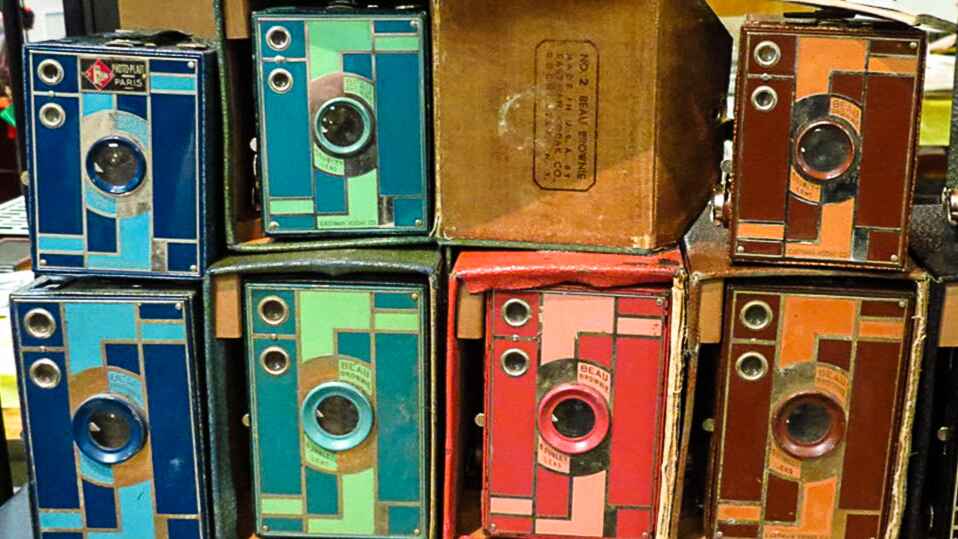
Are Those Even Cameras?!
Join the PHSNE Newsletter and learn more about photographic history and preservation. Already an expert? Come and share your collections and knowledge as we celebrate the history and advancement of photography.
